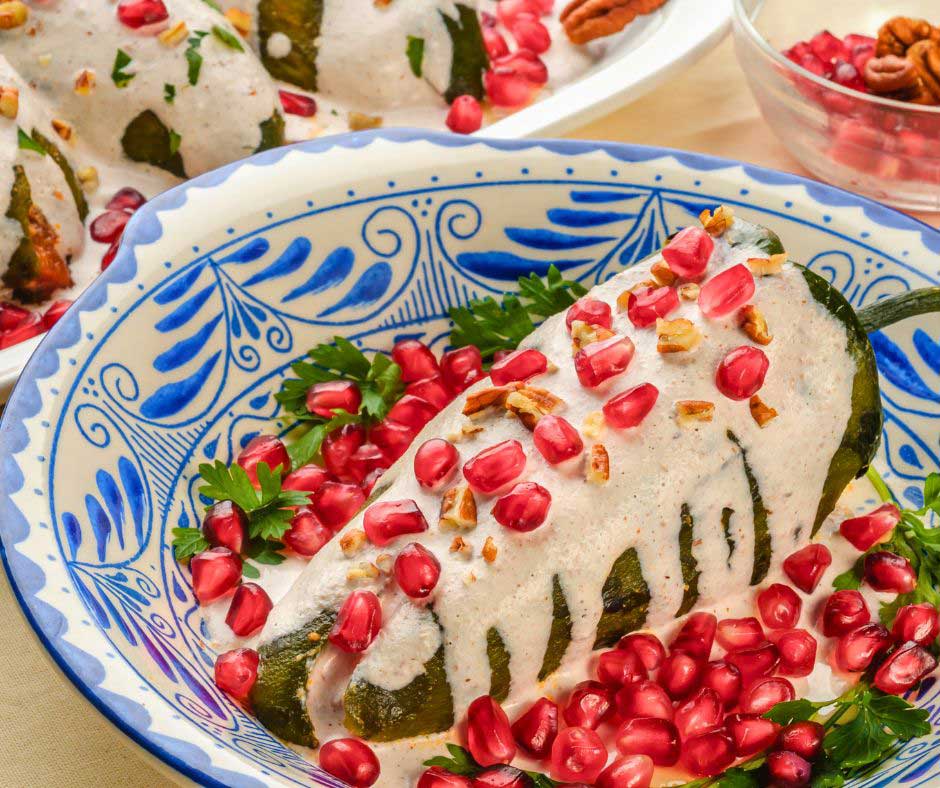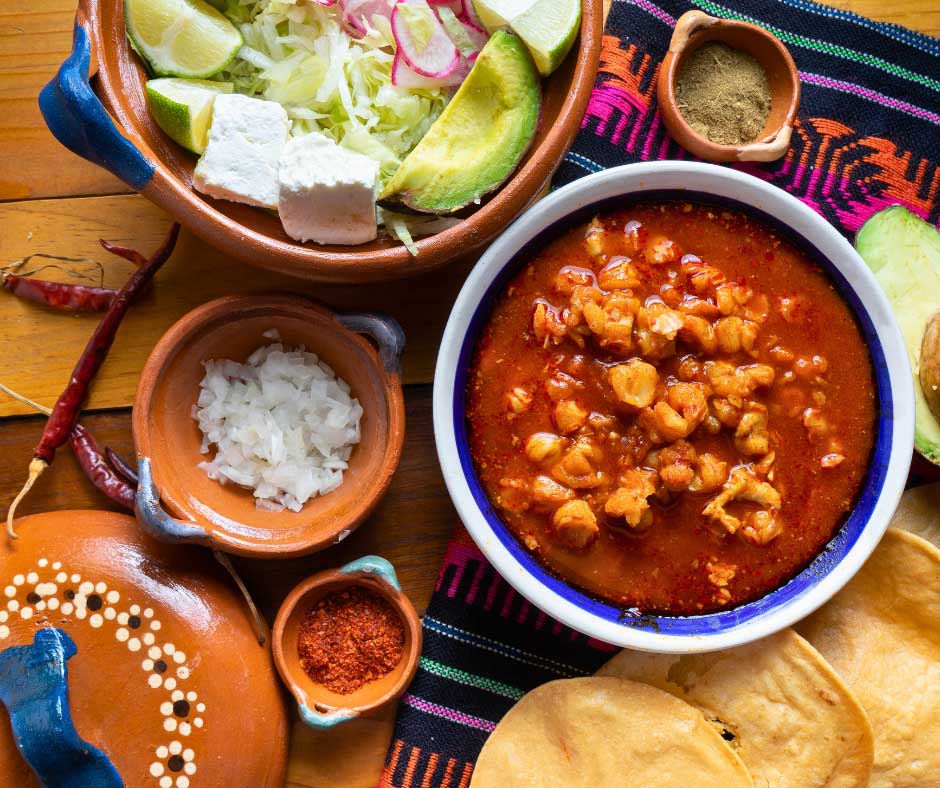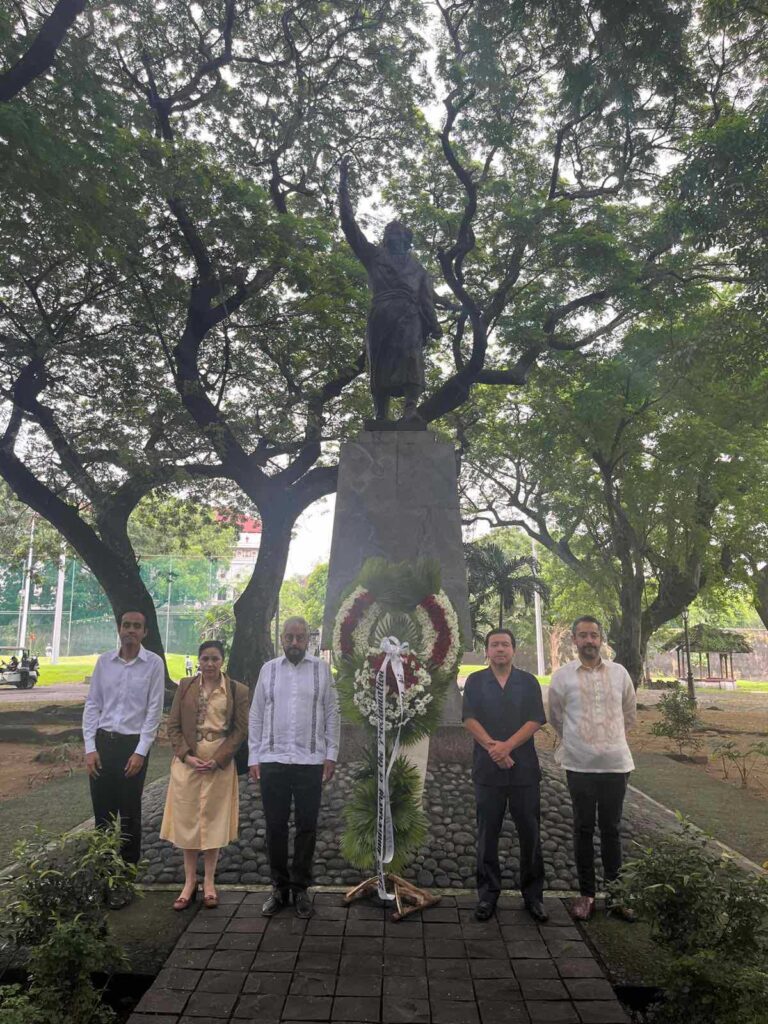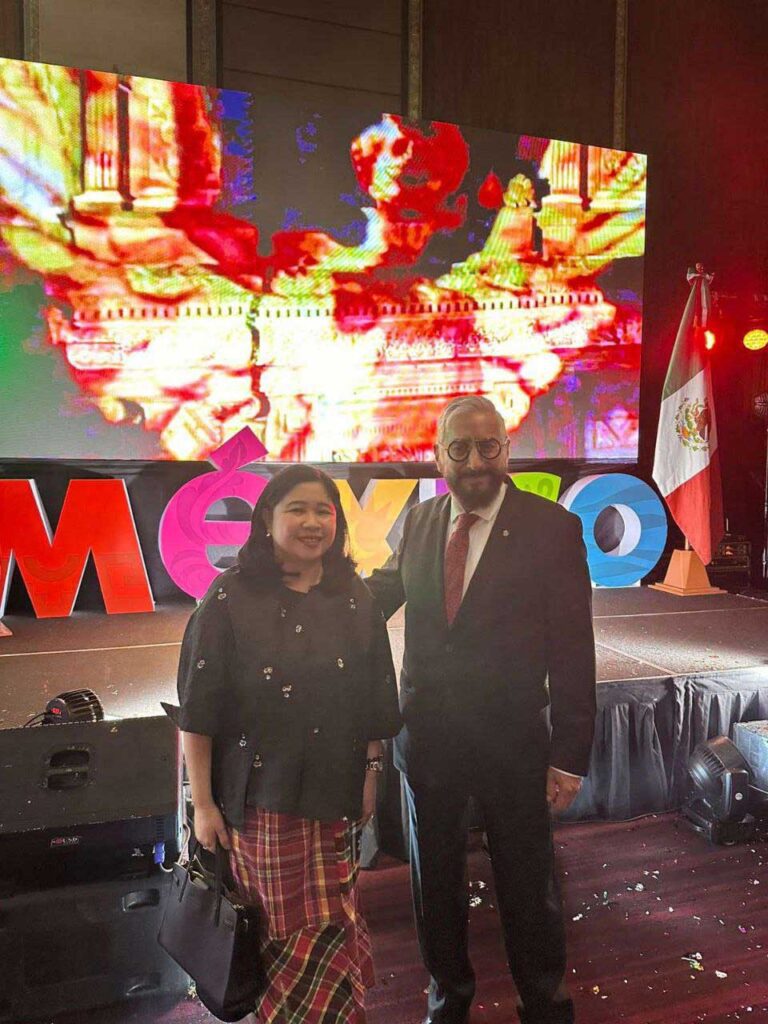Yesterday’s Mexican Independence Day wasn’t just about parades and fireworks—it was a symphony of sizzling skillets, aromatic spices, and families gathered around tables laden with dishes that tell Mexico’s story one delicious bite at a time.
When Mexicans celebrate their nation’s freedom, they don’t just wave flags—they eat them. Well, sort of.
Chiles en Nogada: The Edible Flag
Picture this: a vibrant green poblano pepper, plump with savory filling, draped in snow-white walnut cream (nogada), and crowned with jewel-like pomegranate seeds. It’s not just Instagram-worthy—it’s the Mexican flag you can actually eat.

This culinary masterpiece has quite the origin story. Back in 1821, in the charming town of Puebla, a group of Catholic nuns found themselves with a very important dinner guest: Agustín de Iturbide, Mexico’s newly crowned leader. What do you serve someone who just helped win independence? Something patriotic, of course! These creative sisters stuffed poblano peppers with picadillo—a fragrant mix of meat, fruits, and spices that tells the tale of Mexico’s complex flavors—then smothered it in nogada, a creamy walnut sauce that requires serious elbow grease to make properly.
The timing couldn’t be more perfect. Late summer brings the exact ingredients needed: fresh poblanos from recent harvests, newly cracked walnuts, and those ruby-red pomegranate seeds that pop like tiny fireworks in your mouth. Families still gather every September to recreate this labor of love, with grandmothers teaching daughters and granddaughters the art of achieving the perfect nogada consistency. It’s messy, it’s time-consuming, and it’s absolutely worth every minute.
Pozole: Ancient Comfort in a Bowl
While Chiles en Nogada celebrates independence, pozole honors something even deeper—Mexico’s roots that stretch back thousands of years. This isn’t just soup; it’s liquid history.

Imagine corn kernels so large they could double as pearls, swimming in a rich, aromatic broth alongside tender pork or chicken. But the real magic happens at the table, where each person becomes their own chef. Mountains of fresh toppings await: crispy lettuce ribbons, paper-thin radish slices that add bite, diced onions for sharpness, oregano that releases its earthy perfume when crushed between your fingers, and lime wedges that brighten everything with a single squeeze.
The Aztecs considered pozole sacred, serving it during special ceremonies. Today’s family gatherings echo that reverence, minus the ancient rituals but with all the communal spirit intact. Whether you prefer Jalisco’s red pozole (colored with dried chilies), Guerrero’s white version (pure and simple), or Chiapas’s green variety (brightened with tomatillos and herbs), you’re participating in a tradition that bridges pre-Hispanic Mexico with modern celebrations.
Beyond the Classics
Of course, no Independence Day table stops at two dishes. Tamales emerge from their corn husk wrappings like edible gifts, while mole poblano—that legendary sauce with dozens of ingredients—turns simple turkey into a revelation. Fresh guacamole provides the perfect creamy contrast, made from avocados so ripe they practically mash themselves.

Each dish represents Mexico’s beautiful complexity: Indigenous techniques meeting Spanish influences, with touches from Lebanese, Chinese, and other immigrant communities that have made Mexico home. The result? A cuisine that’s as diverse and vibrant as the country itself.

Yesterday, as families across Mexico and around the world gathered to honor their nation’s independence, they did so with forks and spoons raised high. Because sometimes the most profound way to celebrate freedom is to taste it—one perfectly seasoned, lovingly prepared, historically significant bite at a time.

After all, liberty has never been more delicious.





